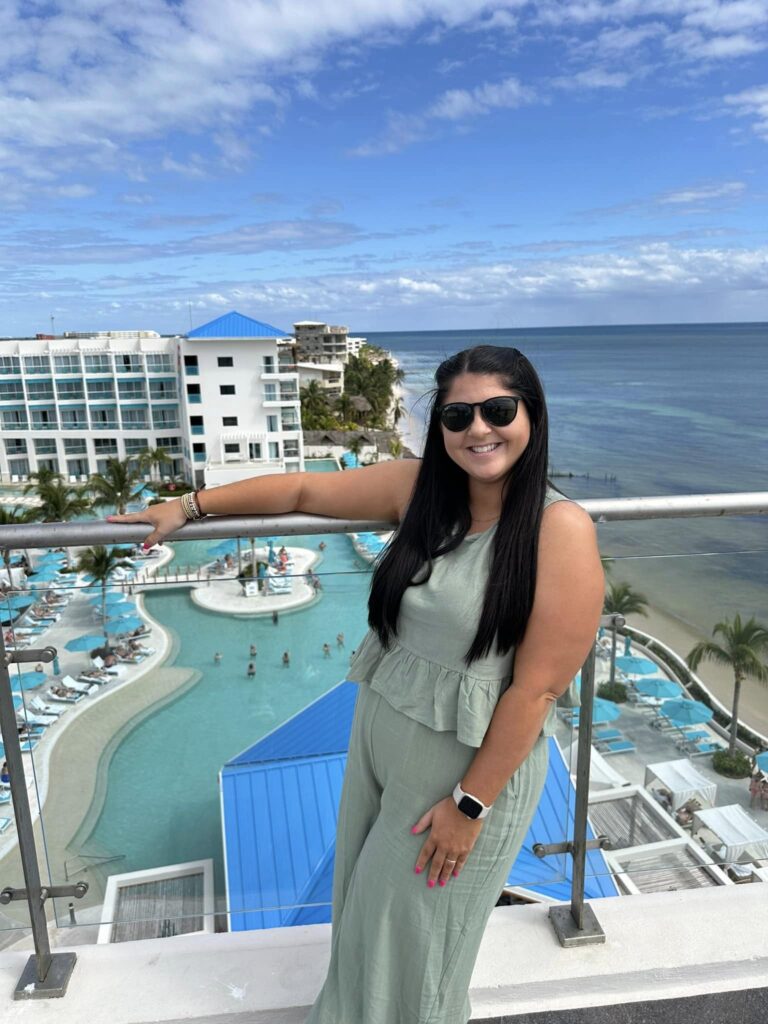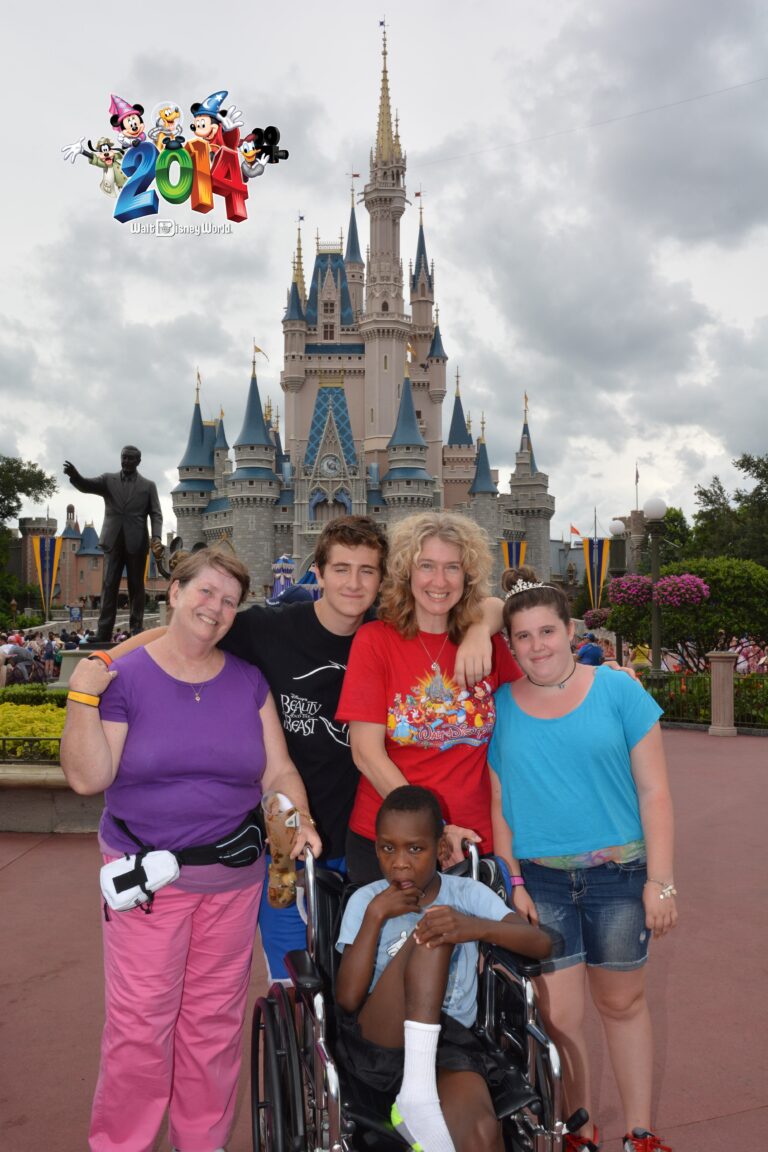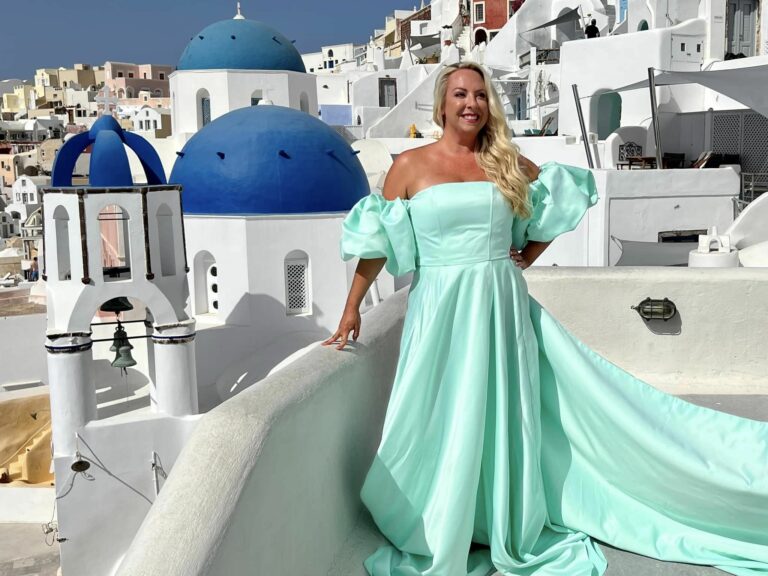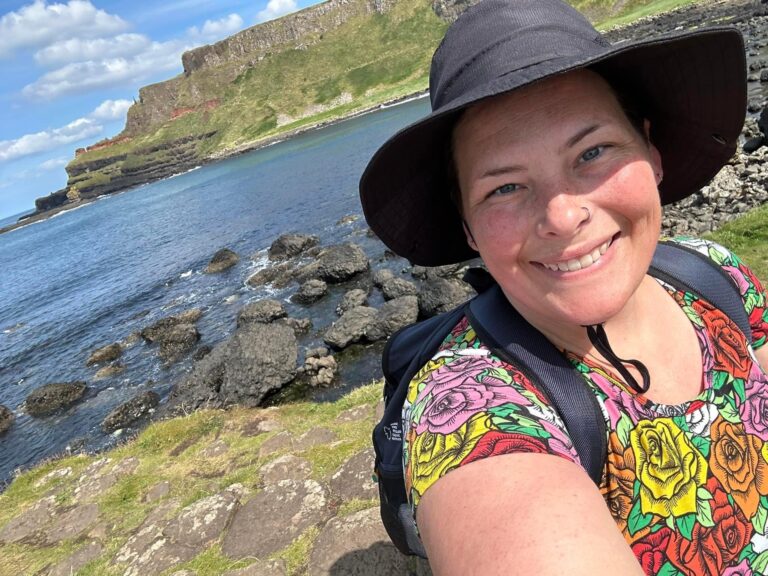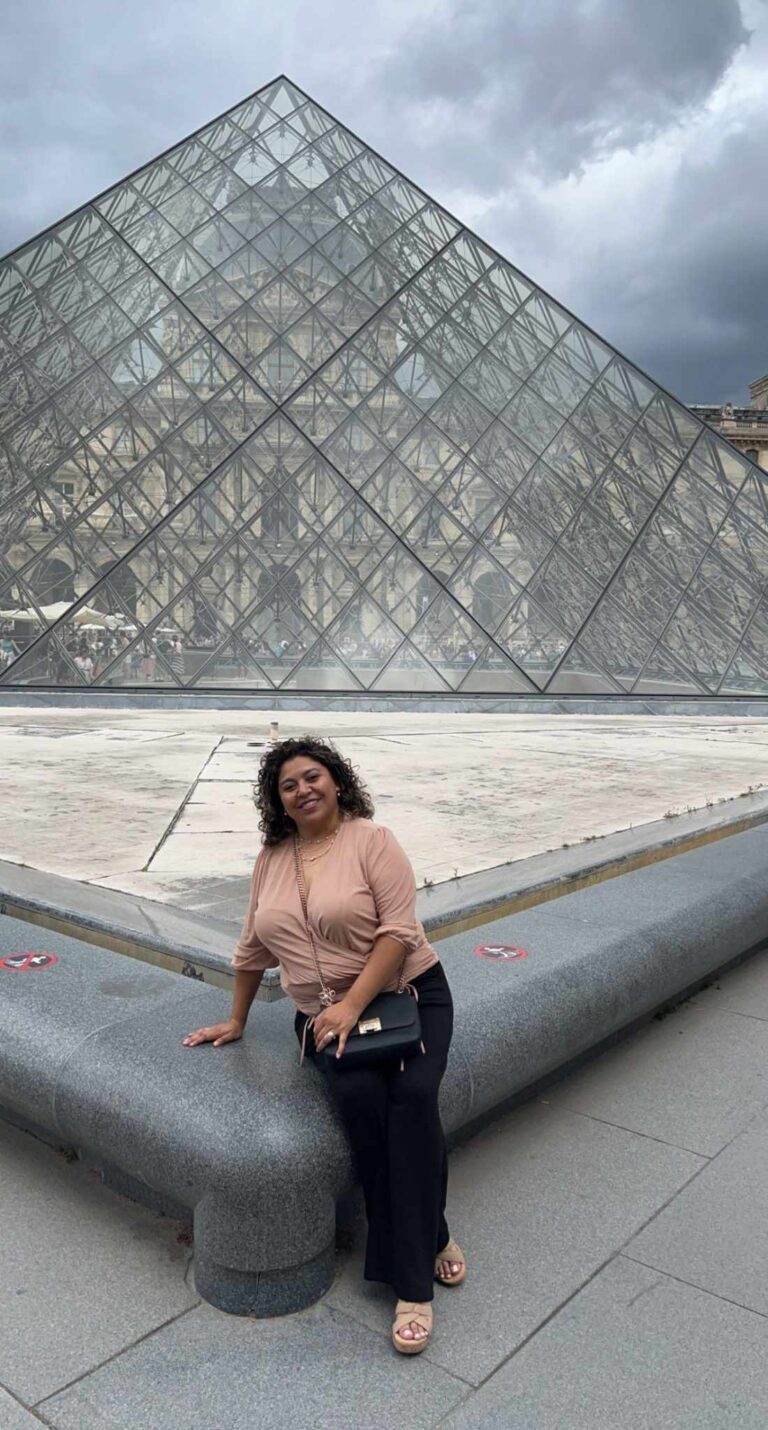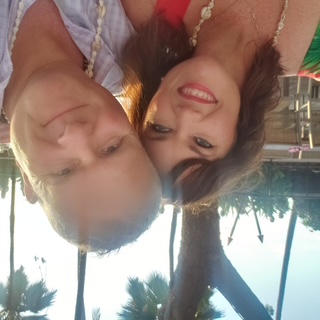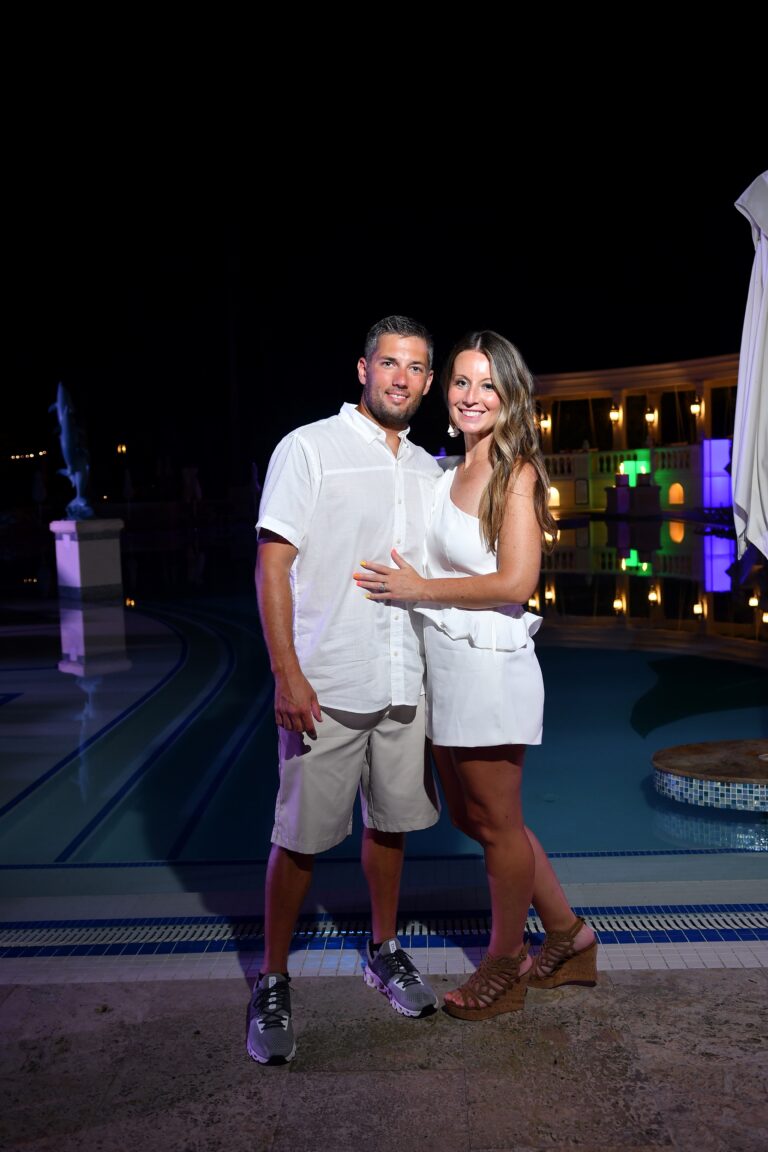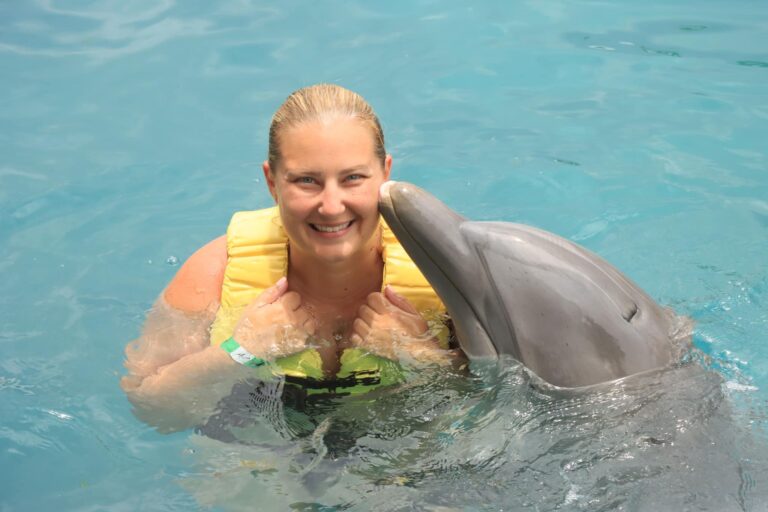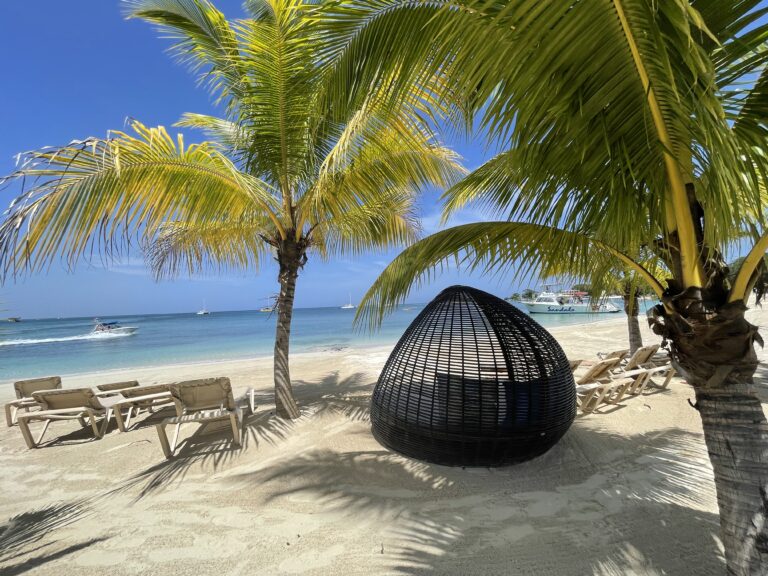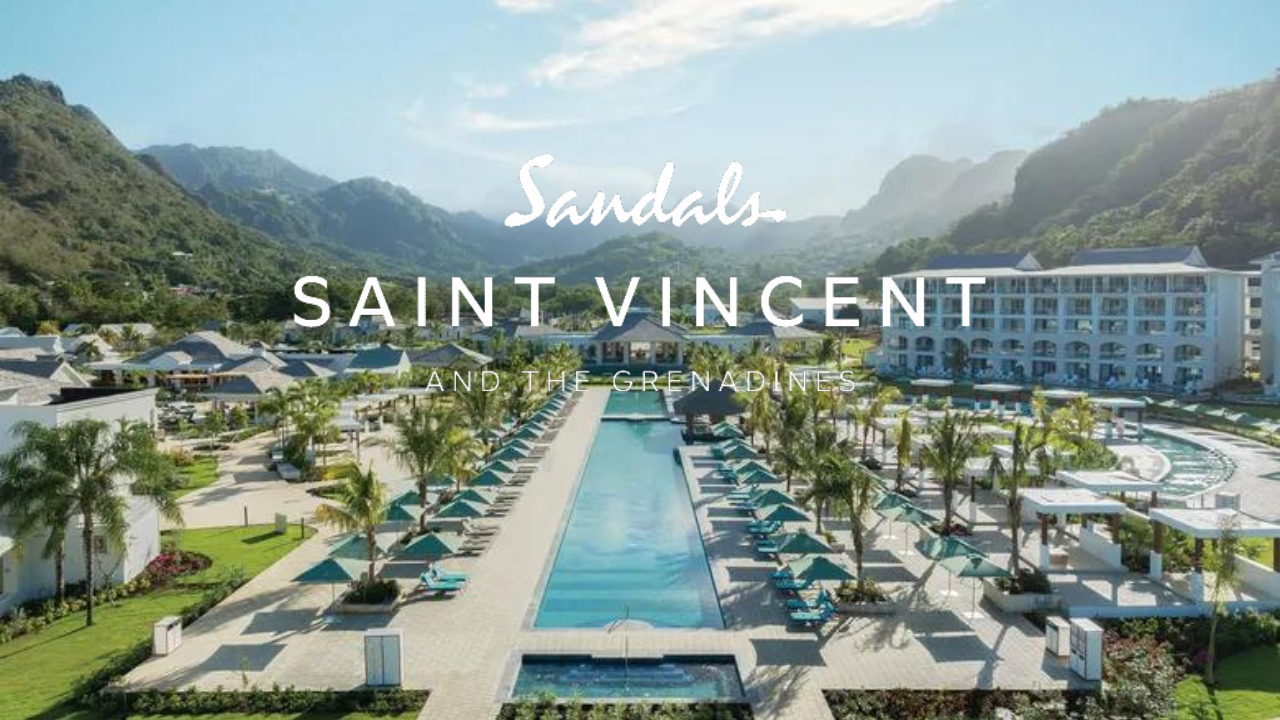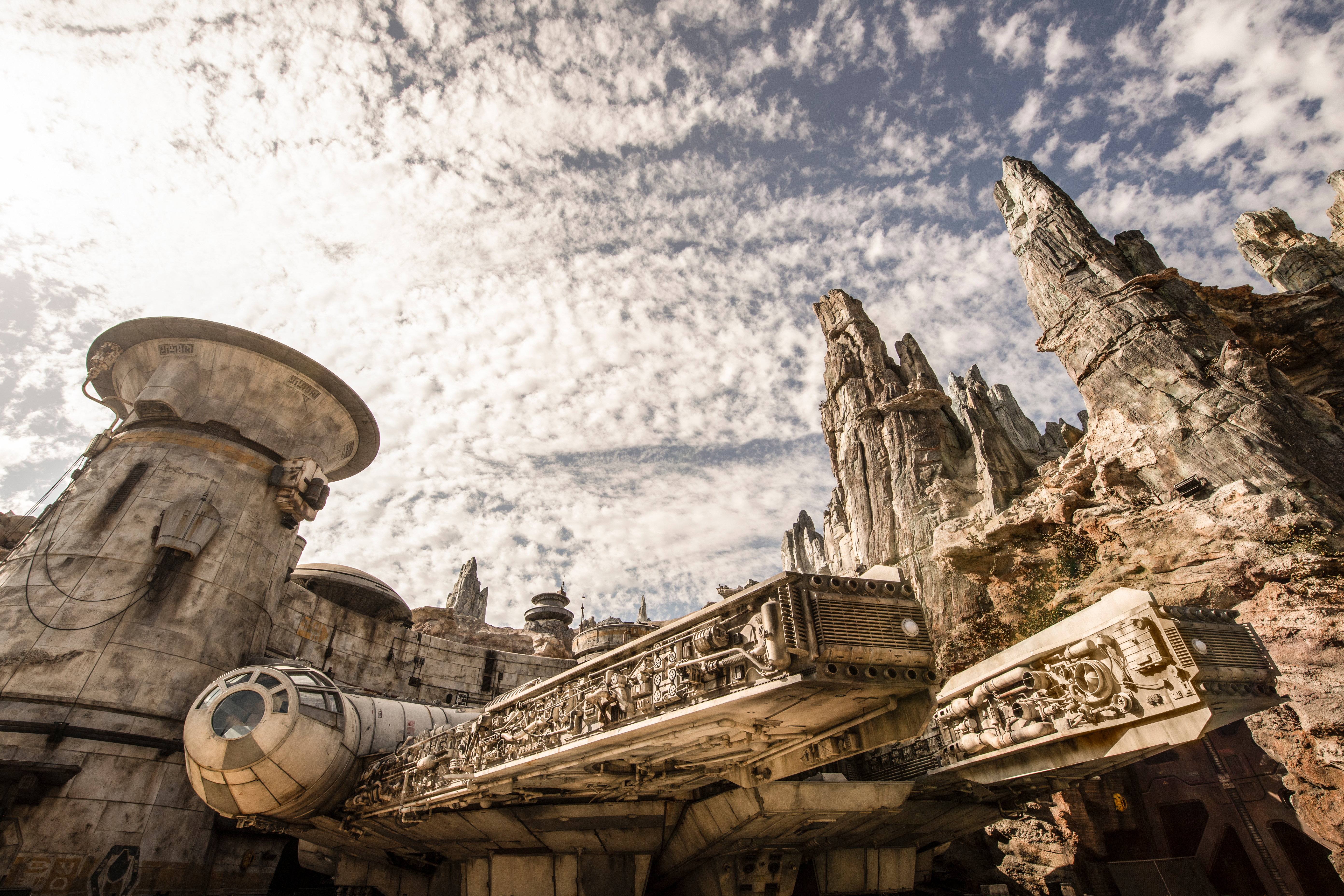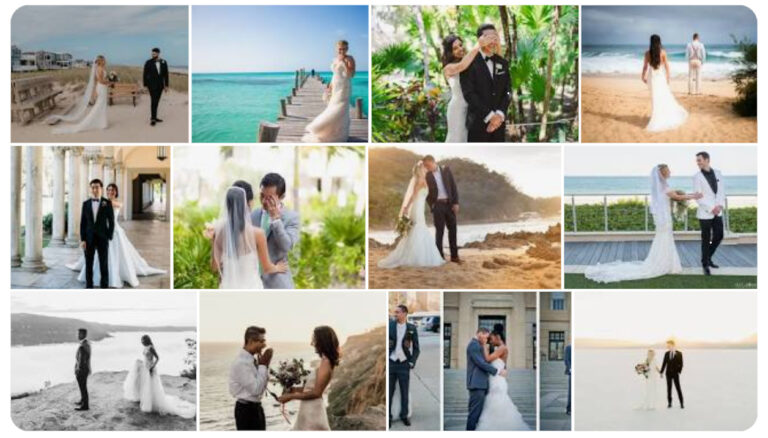Overview
Introduction
The Caribbean island of St. Lucia possesses a wealth of natural beauty—lush mountains, a steaming sulfur volcano, 19,000 acres/7,690 hectares of rain forest (35% of the country), charming black- and white-sand beaches, rare colorful foliage and exotic wildlife. Add to this mix the pleasant St. Lucia weather and the nice beaches, and it's understandable why it is a popular destination.
There's plenty to do on this small island, although given St. Lucia's rise as a high-end resort destination, travelers should be prepared to pay to take advantage of much of it. The rain forest is an ideal place for hiking, mountain biking, bird-watching or standing near a waterfall to soak up the mist from its spray. There's also whale- and dolphin-watching, snorkeling, kite-sailing, fishing and diving.
Vacationers who go to St. Lucia travel there generally for two distinct reasons: either to enjoy its charm and undeveloped feel, still found in some places, or to luxuriate in five-star waterfront luxury. Whether visitors stay in a deluxe, all-inclusive resort or a local inn or hotel, St. Lucia and its residents extend a warm welcome.
Must See or Do
Sights—The mineral baths at Diamond Falls Botanical Gardens; views of the Piton mountains; touring the sulphur springs at La Soufriere Volcano, which is called "the drive-in volcano"; spotting the endangered parrot, the Amazona versicolor; the black-sand beaches on the south end of the island; a zipline ride or tram trip through the treetops in the 19,000-acre/7,690-hectare rain forest.
Museums—The "living museum" at Pigeon Island National Landmark in Gros Islet.
Memorable Meals—Green fig and saltfish at Ladera Hotel's Dasheene Restaurant; Creole fare at Coal Pot; little plates at Orlando's; cocktails made with local rum Bounty, or Piton Shandys after a day on the beach.
Late Night—Counting nesting leatherback turtles; dancing to soca music during Friday-night street parties (Gros Islet's Jump-Up and Anse La Raye's Fish Fry); mingling with locals and tourists at sunset for live music on Sunday at The Naked Fisherman in Gros Islet.
Walks—A hike on the Edmund Forest Reserve Rain Forest Trail; a challenging climb up Gros Piton; a stroll through tropical forest to a sandy beach.
Especially for Kids—Climbing over the ruins and cannons at Fort Rodney at Pigeon Point National Park; snorkeling along shallow reefs at Anse Chastanet Resort and enjoying watersports on Reduit (pronounced red-wee) Beach; watching pools of furiously bubbling mud at La Soufriere—an active volcano; zipline over the jungle at Adventure Tours St. Lucia in Dennery.
Geography
An avocado-shaped island 14 mi/23 km wide by 27 mi/43 km long, St. Lucia is one of the greenest and lushest areas in the Caribbean. The island is mountainous, except for the northern area around Gros Islet and Rodney Bay. Most of the resorts and towns are located right along the shore.
The twin volcanic peaks, Petit Piton and Gros Piton—probably the most-photographed mountains in the Caribbean as well as a UNESCO World Heritage site—are on the southwestern side of the island.
History
As with most of the Windward Islands, St. Lucia was originally inhabited by the Arawak, who were driven out by the Caribs before the arrival of Europeans.
Accounts differ as to the first Europeans to visit St. Lucia: Some maintain that Columbus sighted the island on 13 December 1502 (though his logbook suggests otherwise, and St. Lucians have changed the name of the public holiday from Discovery Day to National Day); others believe that it was another Spanish expedition, a group of shipwrecked French sailors or Dutch explorers who first reached the island.
The Carib warriors prevented any permanent settlement of the island until the mid-1600s, when French colonists established themselves there.
Like so many other Caribbean islands, St. Lucia became a political Ping-Pong ball, bouncing back and forth between France and England 14 times. As a result, both countries influenced the island's culture. In 1814, France definitively ceded St. Lucia to England, and it remained an English colony until the 1970s.
Nonetheless, French traditions remain strong: The local Roman Catholic Church is influential, and most residents speak Creole. English is the official language, however, and except for truly remote areas of the island, most people speak English.
St. Lucia gained its independence from England in 1979 and is now a member of the British Commonwealth. The major businesses are agriculture (primarily bananas, though that crop's profitability is declining) and tourism. Efforts to attract offshore banking have been relatively successful. The country also has the most diverse manufacturing sector in the Eastern Caribbean; products include clothing, furniture, rum, condiments and toys.
Snapshot
The foremost attractions in St. Lucia are great beaches, friendly people, stunning mountain scenery, a steaming volcano, plantations, bird-watching, turtle-watching, all forms of watersports (including scuba diving, sailing, snorkeling, windsurfing and kite-sailing), hiking, tennis and good food.
Notwithstanding the recent influx of five-star resorts, with all its natural beauty and hiking trails, St. Lucia is still a great destination for outdoor enthusiasts who want to visit a Caribbean island—especially if they prefer less-developed areas. But anyone who loves great beaches amid beautiful scenery and plenty of peace and quiet will be very happy in St. Lucia.
Potpourri
St. Lucia has been the filming site for such TV series as The Bachelor and Hollywood movies, including the original Doctor Doolittle, Superman II, Water with Michael Caine and Firepower with Sophia Loren.
Leatherback turtles, the largest on earth, lay their eggs on Grand Anse beach on the northeast side of the island between March and July.
In the past few decades, the population of the native, vulnerable St. Lucia parrot (Amazona versicolor), or Jacquot, has increased from as few as 100 in 1975—when Gerald Durrell's Jersey Wildlife Preservation Trust started a captive breeding program—to more than 1,000 now living in the central mountain rain forest.
St. Lucia is home to more than 180 species of birds.
St. Lucia is a popular honeymoon destination, and some couples even choose to tie the knot on the island. Visitors must reside on the island for two days before applying for a marriage license, which will be processed within two business days. (Don't schedule your wedding to take place until the fifth day you're on the island.) Couples will need a passport, birth certificate and, if applicable, proof of divorce or the death of a former spouse.
Pigeon Island was once the staging point for raids by the 16th-century French pirate Francois "Peg Leg" LeClerc. He and his 330-man crew were the first Europeans to settle St. Lucia.
Versatile St. Lucian composer and guitarist Ronald "Boo" Hinkson has played in the Caribbean, Europe and North America—including the Superbowl and the White House—but has declined to live abroad to further his career.
Despite its fertility, St. Lucia relies on external sources for food, particularly beef and pork. With a US$410 million import bill, food security is an issue in St. Lucia.
St. Lucia is the only country named after a woman.
Though 15 years apart, both of St. Lucia's Nobel laureates were born on 23 January, which makes it convenient to celebrate one Nobel Laureate Day.
Water pistols are sometimes provided on restaurant tables. These are for keeping the birds away.
Sir Dunstan St. Omer, "the Michelangelo of the Caribbean" and father of "Prismism," has painted murals, altarpieces and more in many of St. Lucia's churches, most famously in the Cathedral in Castries. The long mural on Anse la Raye's seawall is by him and his sons, all artists by their own right.
Location
St. Lucia has one principal cruise ship port: its capital Castries. It is set in a lovely natural harbor backed by spectacular mountains; the shelter it provides was one reason the British and French fought so fiercely over St. Lucia. Cruise ships pull into one of two docks—the more frequently used Pointe Seraphine on the north side of the bay on Vigie Peninsula or occasionally at La Place Carenage (pronounced car-en-AHGE) on the south side of the bay.
If your ship docks at one of the two berths at Pointe Seraphine, you will be within steps of the island's premier duty-free shopping complex with more than 40 shops grouped in a Spanish-style pedestrian mall. It's a 15-minute walk or a short cab ride around the bay to town. Bars and cafes offer refreshment and Wi-Fi. Taxis abound. The trip to Castries is shortest by boat. For an affordable fee, you can take a water taxi (the brightly painted boats are easy to identify) across the bay. The boat shuttles between ports at 15-minute intervals 9 am-4 pm.
The six-berth La Place Carenage is a longer stroll from the town center and adjacent to a cluster of air-conditioned duty-free shops painted in soothing pastel colors. A tourist-information kiosk has maps and brochures, and a restaurant with balcony overlooks the harbor. Also found nearby is the large open-air Castries Market, selling local art, crafts, spices and produce.
Both docks are operated by the Saint Lucia Air & Sea Port Authority (https://www.slaspa.com). There are tourism offices near both docks. There is a water taxi that runs between the two docks.
Smaller ships sometimes anchor north of Castries at Marigot Bay in Soufriere, or Rodney Bay in Gros Islet, both small yacht harbors. There is no formal tourist office at either of these locations, although information can be obtained at the Rodney Bay Marina Office (phone 572-7200; https://www.igymarinas.com/marinas/rodney-bay-marina).
Shore Excursions
Typical excursions include tours of historic buildings and a sugar mill or more rigorous adventures such as horseback riding, hiking, rain-forest canopy tours, snorkeling or flightseeing. The most popular tours include an opportunity to view and photograph the Piton mountains, a UNESCO World Heritage site, and those visiting by boat have the option of snorkeling in the marine reserve at the base of the twin peaks.
Island-wide tours often include a drive through Castries with stops at the open-air markets, a visit to a working plantation and a refreshment break in one of the fishing villages to sample local foods. Adventure tours focus on watersports, such as diving, or land activities, such as zipline or tram rides through the rain forest. A photo tour combines sights with insights into capturing their memories. Other options include a visit to the drive-in volcano, a walk though one of the botanical gardens, or a tour of Pigeon Point National Park.
Check with your travel agent for additional information.
















